Authenticity In Macedonian Feta Cheese Salads
10 min read Exploring the authentic flavors, ingredients, and cultural significance of Macedonian feta cheese salads in traditional cuisine. June 27, 2025 00:05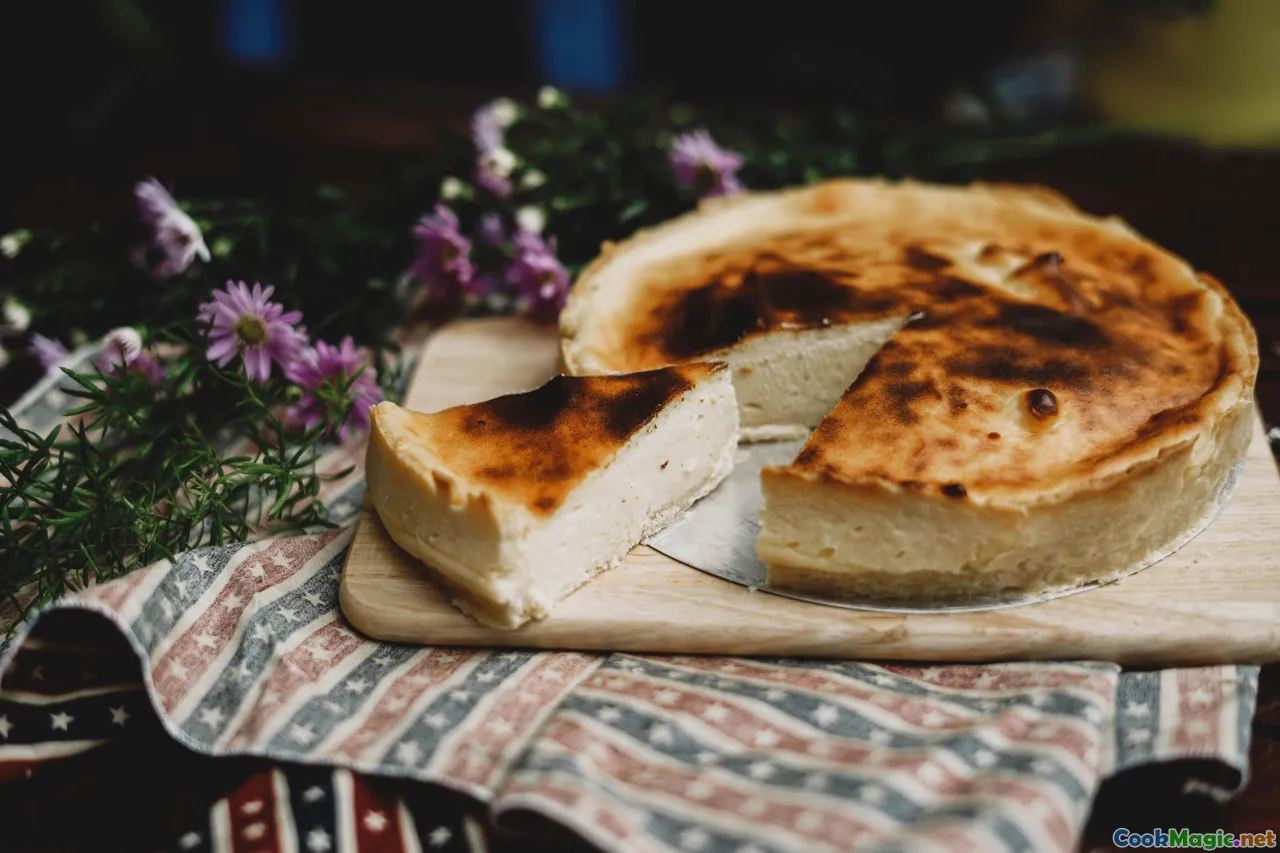
Authenticity in Macedonian Feta Cheese Salads
Few dishes encapsulate the heart of Macedonian culinary tradition quite like their feta cheese salads. With each vibrant bite, one delves into a tapestry woven with history, culture, and raw natural flavors that have been cherished through centuries. If you’ve ever savored the creamy, crumbly texture of Macedonian feta, or been captivated by the bright kaleidoscope of fresh vegetables in a traditional salad, you’ll understand that these are not mere recipes—they are stories on a plate.
Macedonian cuisine, rooted deeply in the fertile lands and rugged mountains of the Balkan Peninsula, reverberates with flavors that speak of community, perseverance, and a profound connection to the land. Amidst this rich culinary fabric, feta cheese salads occupy a special place, embodying authenticity with every ingredient and tradition passed down through generations.
Let's embark on a sensory journey into the world of Macedonian feta cheese salads, exploring what makes them authentic, how tradition shapes their flavors, and why preserving their cultural integrity is paramount for true connoisseurs.
The Heart and Soul of Macedonian Feta Cheese
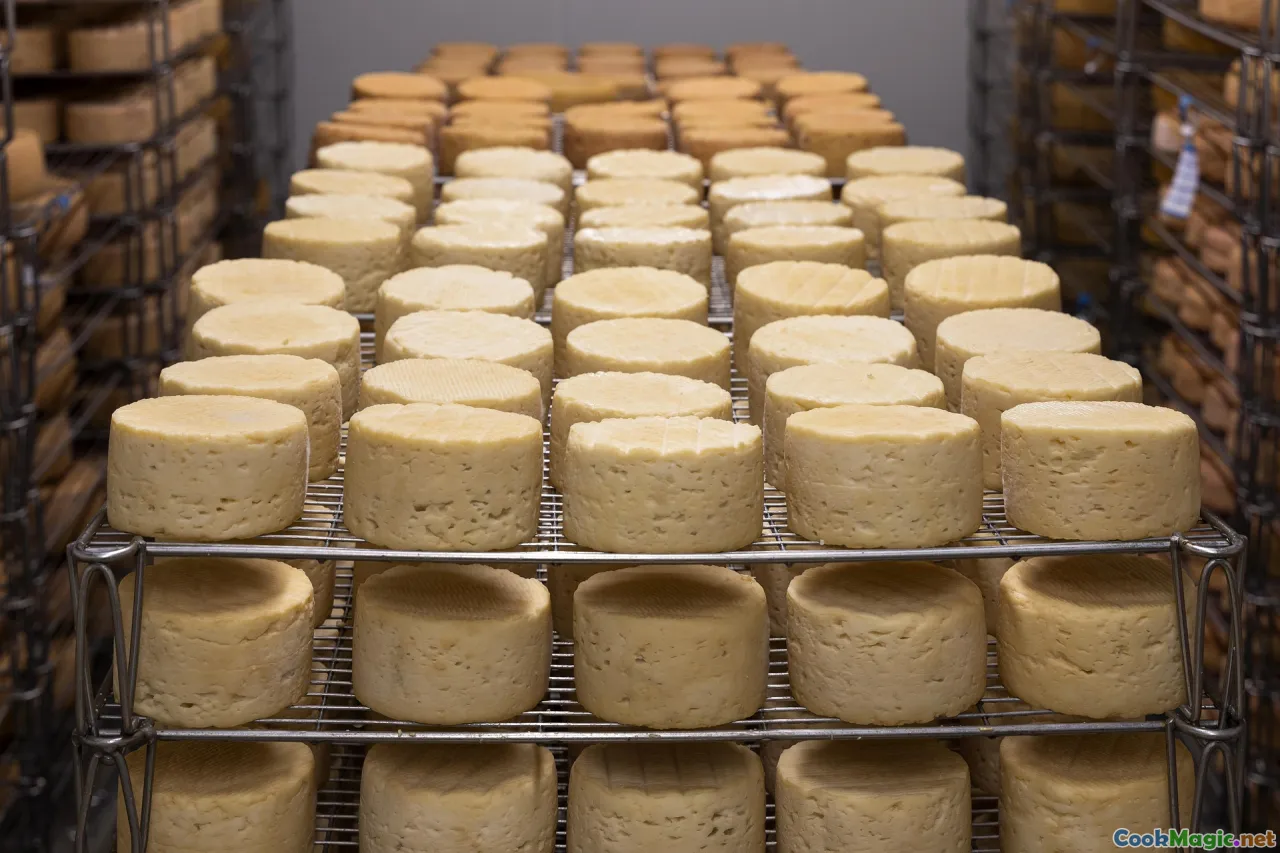
At the core of these salads lies the sirene, Macedonian feta cheese that has earned a revered place among regional dairy products. Unlike the more widely recognized Greek feta, Macedonian feta is often made from sheeps’ milk, sometimes mixed with goats’ milk, giving it a distinctive richness—that tangy aroma mixed with earthy, grassy undertones, and a crumbly yet slightly creamy texture that melts gently on the tongue.
The tradition of cheese-making in Macedonia stretches back to antiquity, when nomadic shepherds expertly utilized local herbs and fresh milk to create cheeses that not only nourished but also connected communities through shared methods and recipes. Today, authentic Macedonian feta remains a testament to this legacy—crafted in small dairies, often with milk sourced from local pastoral farms where sheep graze on wild herbs.
Understanding the importance of quality and local origin is crucial for appreciating the authenticity of the feta used in traditional Macedonian salads. Fake or mass-produced substitutes, frequently imported or altered with preservatives, lack the depth of flavor cultivated through ancient methods. For a true tasting experience, seek out local sirene from reputable Macedonian producers or authentic producers specializing in Balkan cheese.
Key Ingredients in an Authentic Macedonian Feta Salad
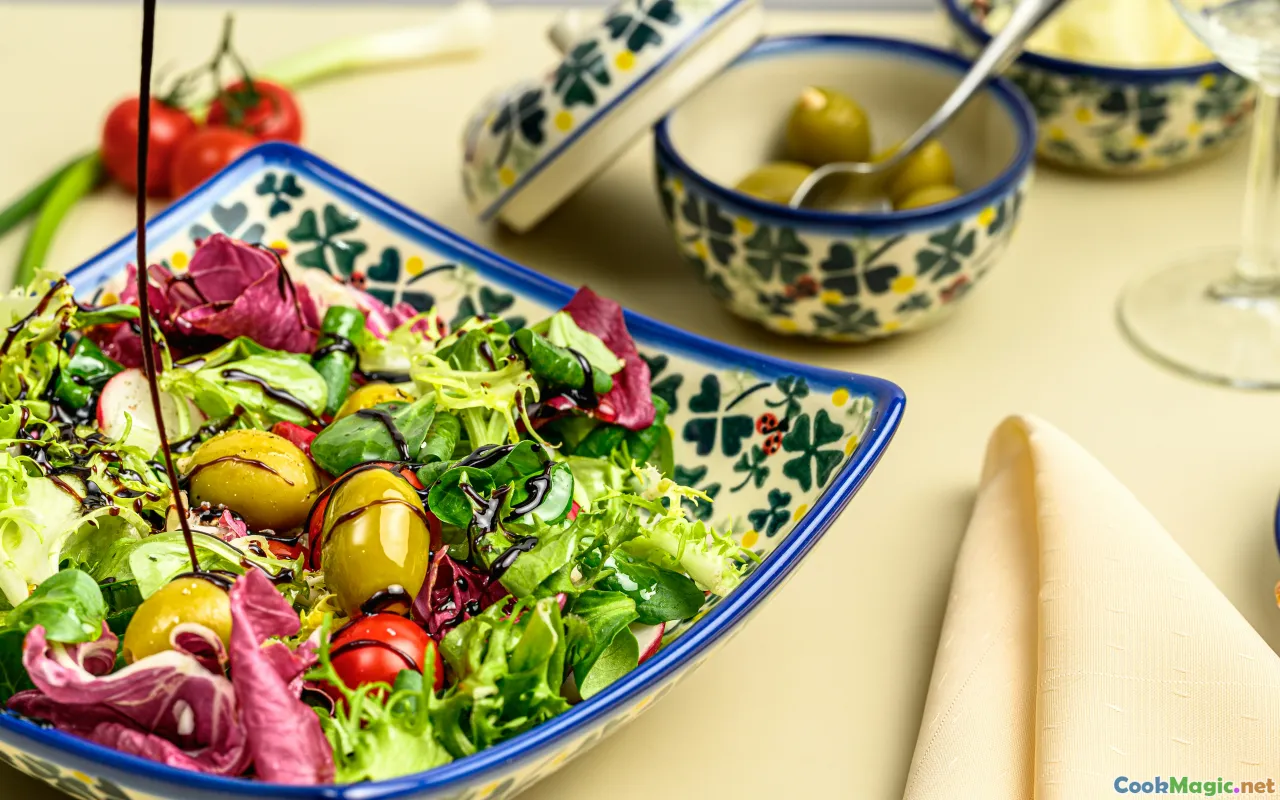
A genuine Macedonian feta salad is a symphony of fresh, high-quality ingredients regulated by tradition and seasonality:
- Macedonian feta (sirene): Block or crumbled, often at room temperature to enhance flavor.
- Tomatoes: Ripe, heirloom or locally grown varieties that burst with sweetness.
- Cucumbers: Crisp and cool, often locally sourced and harvested early in the morning.
- Onions: Red or white, thinly sliced for a delicate sweetness.
- Bell peppers: Red or green, adding crunch and color.
- Aromatic herbs: Fresh parsley, dill, and sometimes mint—each adding layers of freshness.
- Olives: Macedonian black or green olives, traditionally selected for their briny depth.
- Extra virgin olive oil: Glass-green and peppery, a reflection of Macedonia’s long-standing olive-growing regions.
- Vinegar or lemon juice: For a touch of acidity.
Tips for Selecting Ingredients
To maintain authenticity, prioritize seasonal and local ingredients. Visit farmers’ markets where vendors display well-matured produce and artisanal cheeses. The difference in flavor and texture will transform your salad from ordinary to extraordinary.
Crafting Genuine Macedonian Feta Salad: Step-by-Step
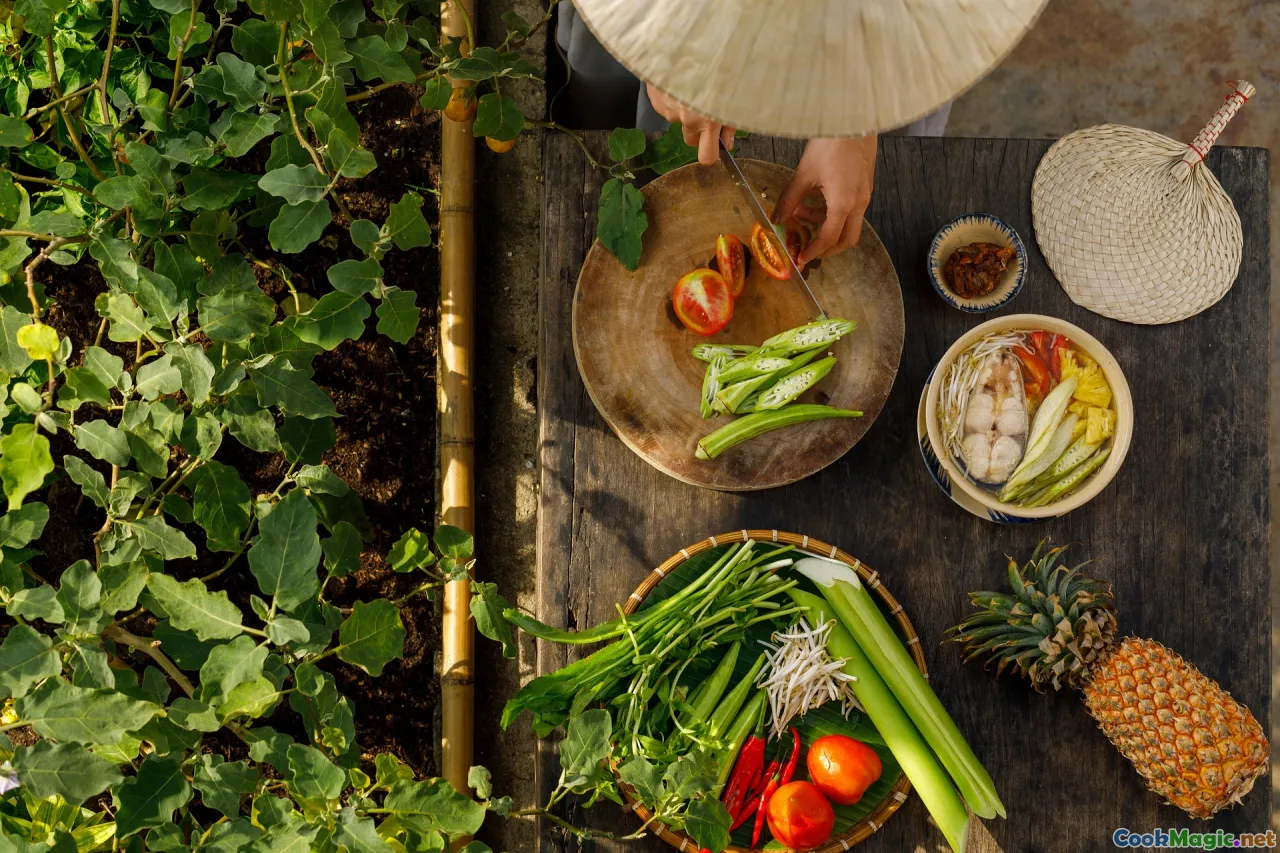
Creating an authentic Macedonian feta salad involves more than throwing ingredients together—it’s a delicate dance of balance, respect for tradition, and attention to detail.
Step 1: Prepare Your Ingredients
Slice the tomatoes and cucumbers into rough chunks or thin rounds, depending on personal preference. Thinly slice onions and chop herbs finely. Pit and slice olives.
Step 2: Crumble the Feta
Gently crumble the sirene over the prepared vegetables, avoiding over-mashing—preserve some of the cheese’s rustic texture.
Step 3: Assemble the Salad
In a large bowl, combine all ingredients carefully to prevent bruising. Adjust quantities to taste—more herbs or olives for intensity, a squeeze of lemon or splash of vinegar to brighten flavors.
Step 4: Dress and Serve
Drizzle generously with high-quality olive oil and season with sea salt if needed (remember, feta and olives are already salty). Toss lightly to coat everything evenly.
Step 5: Pair with Local Traditions
Enjoy the salad with freshly baked pogača or rustic bread, and perhaps a glass of Macedonian wine like Vranec or Temjanika. The dish is best served fresh, as its vivacity captures Macedonia’s vibrant spirit.
The Cultural Significance and Its Modern Context
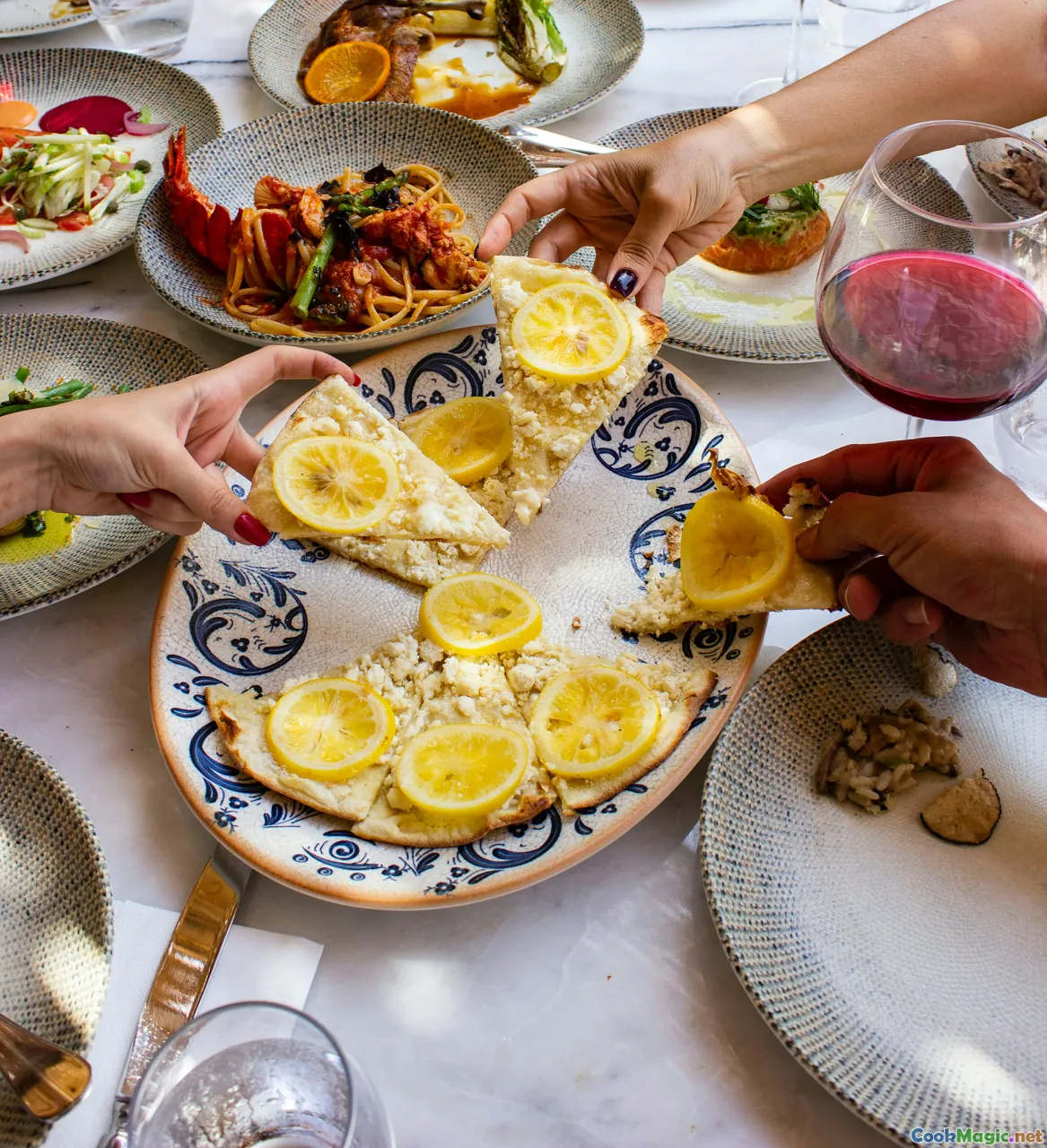
In Macedonia, a feta salad isn’t just a dish; it’s an expression of hospitality and communal sharing. It often accompanies family dinners, festive celebrations, and gatherings around the grill. The act of preparing and sharing these salads fosters community bonds and sustains a livelihood rooted in tradition.
Authenticity also pertains to respecting artisanal practices. Over the past decades, global influences and industrial farming have threatened to dilute the integrity of genuine Macedonian feta. The challenge—and the responsibility of culinary enthusiasts—is to seek out authentic producers, promote local heritage, and preserve the sensory and cultural essence these salads represent.
The Role of Tradition in Modern Macedonian Cuisine

Modern Macedonian cuisine continues to honor these traditional salads, intertwining them with contemporary dining experiences. Chefs in Skopje’s lively restaurants and rural tavernas alike take pride in maintaining authentic recipes, often inviting diners to taste their story—through ingredients, preparation methods, and presentation.
In recent years, food tourism has grown, leading to a resurgence of interest in local ingredients and homemade recipes. Culinary tours, farm visits, and even cheese-making workshops allow visitors to deepen their understanding of what authenticity truly entails.
Tips for Preserving Authenticity in Your Kitchen
- Source high-quality, local ingredients: Visit farmers’ markets for fresh produce and dairy.
- Respect traditional methods: Use simple tools and avoid overly processed components.
- Learn the regional nuances: Different villages may boast unique twists—embrace variations while respecting core ingredients.
- Cook seasonally: Reflect the land’s current bounty.
- Share with community: Culinary traditions flourish through communal sharing, making each meal an experience of cultural connection.
Celebrating Macedonia’s Culinary Heritage with Every Bite
A Macedonian feta cheese salad is more than a refreshing dish—it is a gateway into a rich cultural landscape where food is intertwined with history, land, and community. By choosing authentic ingredients, honoring traditional methods, and truly understanding the cultural significance behind each step, we do more than prepare a salad—we preserve a vital piece of Macedonian identity.
In embracing authenticity, we elevate simple ingredients into a vivid narrative of perseverance and pride. So next time you prepare a feta salad, take a moment to appreciate its roots and carry forward the legacy with each flavorful, authentic spoonful.
Embark on this culinary journey—taste Macedonia’s soul in every bite.









